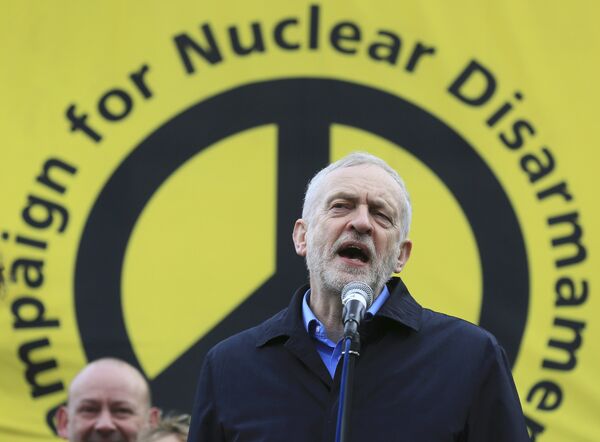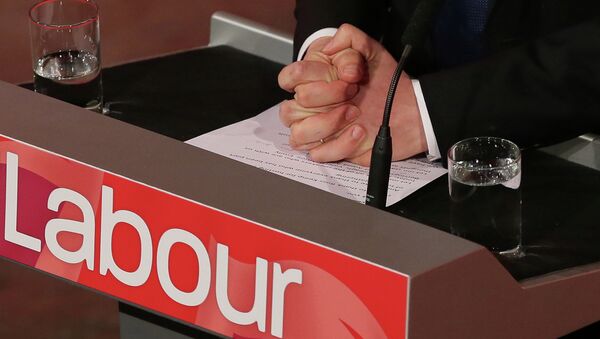Corbyn became leader of Labour after the party lost the 2015 general election. The previous leader, Ed Miliband, resigned triggering a leadership election which had three main runners and Corbyn as the left-field dark horse.
Corbyn had always been a dissenter on the back benches, representing the left wing of the party, opposed to war and nuclear weapons. This put him at odds with both former leaders Tony Blair, Gordon Brown and most of his party.
Labour had been out of power from 1979 to 1997, during which time Margaret Thatcher and John Major led the Conservative Party and took on the unions — the traditional grassroots of Labour. In an effort to make Labour re-electable, Blair moved the party towards the center ground, eschewing left-wing policies and being more business-friendly.
Blairites v Corbynistas
Blair was swept to power in 1997, immediately making the Bank of England independent and setting up a light touch financial regulator. Blair took the country to war with Iraq despite massive protests against it — led by Corbyn, who is a member of Amnesty International, the Campaign for Nuclear Disarmament and — then — national chair of the Stop the War Coalition.

But many in the unions and at grassroots level — outside the Westminster bubble — felt that Blair and Brown had moved the party to far from its left wing, socialist, workers' rights beginnings. Their time was to come with the resignation of Miliband.
Membership Fees
It was a rule change brought about under Miliband that allowed people to pay US$4 to become a registered supporter — not a full member — but nonetheless allowed them to vote in the leadership election. Corbyn's nomination by a few colleagues was largely seen as a token nod to the left, with the three other candidates being seen — in parliament — as the front runners.

However, after a surge in US$4 subscriptions, Corbyn was swept to power in 2015. It left him at odds with most of his MPs, a vast majority of whom represent the center ground and who say they have a popular mandate, having been returned to parliament in the 2015 election.
Corbyn — known to be a euroskeptik — ran a lackluster campaign for Britain to remain in the EU, ahead of the In-Out referendum on Britain's membership of the union, which led to a vote of no confidence, which he lost 172 to 40.
The Parliamentary Labour Party meet Monday evening (July 18) to decide whether declared candidates who have put their names forward to take on Corbyn — Angela Eagle and Owen Smith — should both stand — and potentially split the vote — or to call for one of them to pull out.
I'm standing again for Labour's leadership. Register to vote and we can change politics in Britain.https://t.co/mI4tp5FKAK
— Jeremy Corbyn MP (@jeremycorbyn) 17 July 2016
Meanwhile, the US$4 registered supporter scheme has been effectively scrapped, with the fee now standing at US$33 to have a chance at voting. When Corbyn stood for leader, 200,000 people joined Labour and another 120,000 have joined in the last month. The current run-off will pitch Corbyn and the left-wing grassroots — as well as the unions — against the center ground band of MPs.
If Corbyn wins again — and there is a real possibility he will gain a higher mandate — there are likely to be calls for a split in the party, with Corbyn overseeing the biggest crisis in the party since the 1980s.



